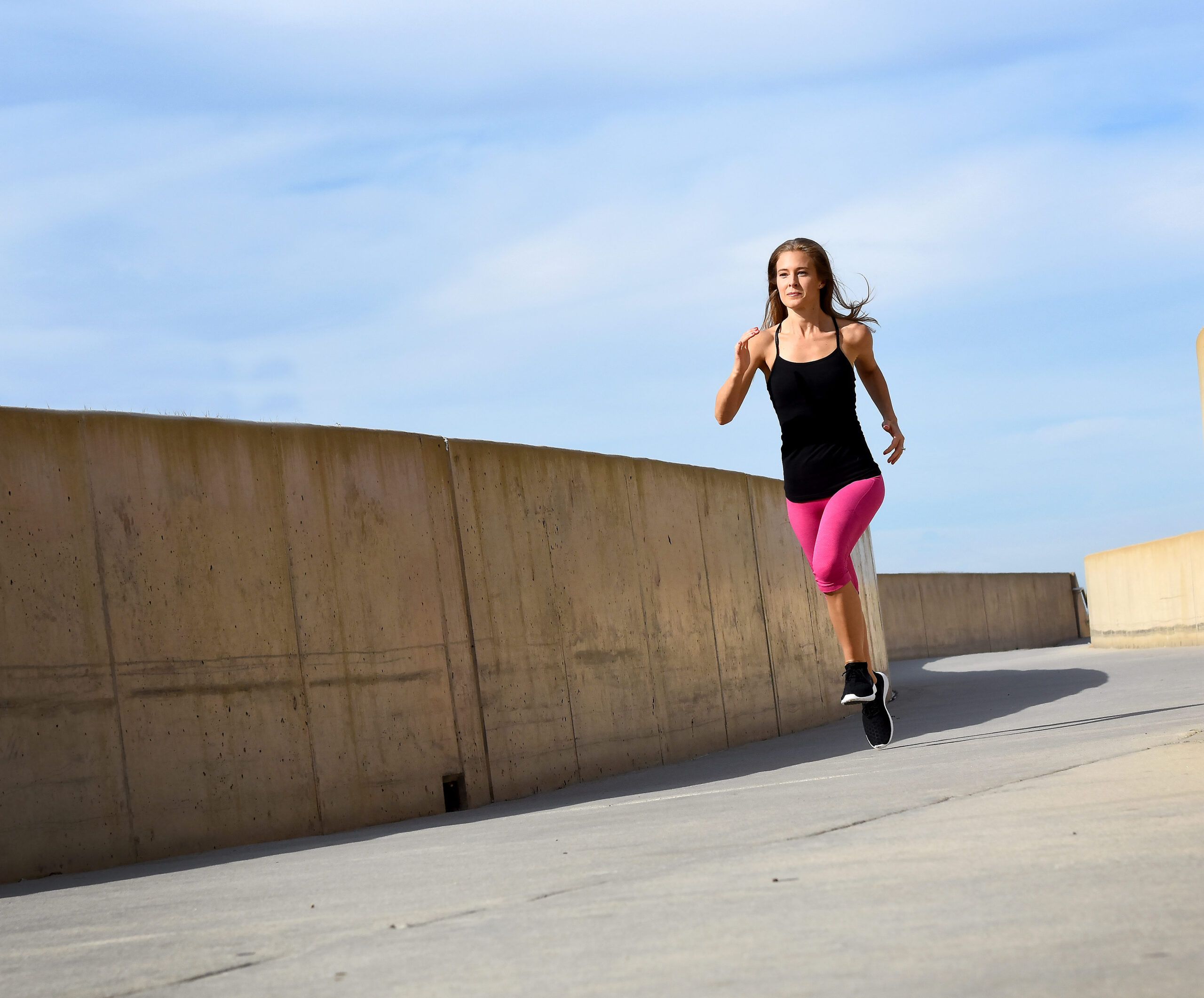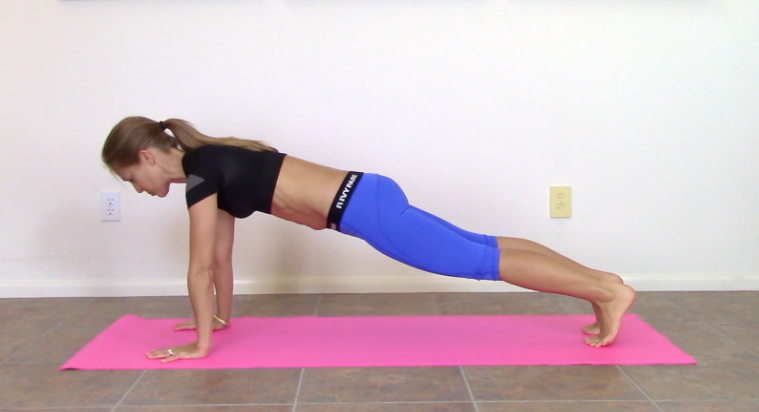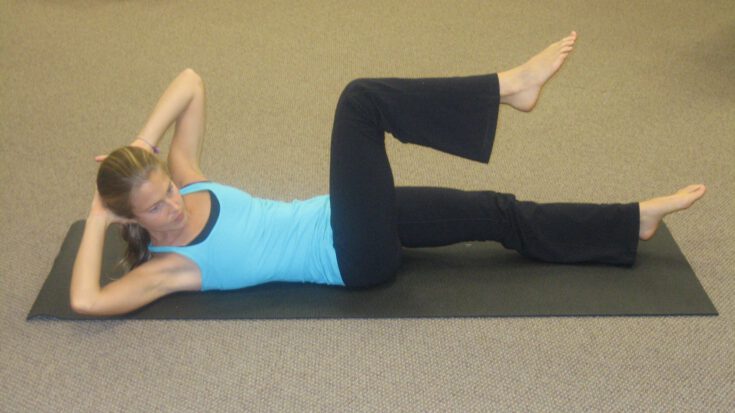We live in an amazing time that offers hundreds of different workout possibilities.
Zumba. Crossfit. Barre. Pilates. Yoga. Piyo. Spinning. BodyPump. BodySculpt. Jazzercise. Biking. Running. Hiking. Surfing. Water aerobics. Tai chi.
Gyms. Boutique studios. Bootcamps. Home gyms.
The combinations and possibilities are endless!
While we have multiple choices for our workouts, that doesn’t always make it easy to know exactly what we should be doing every day for the best results.
Should you go hard three days a week and rest the rest of the time? Should you lift really heavy weights for few reps, or lift light weights for a lot of reps? Should you do core and abs every day, or break it up throughout the week? Do you have to go to the gym, or can you get a great workout at home?
There’s just so much to figure out!
Let’s break it all down so that you have the perfect workout schedule that gets results!
How Much Exercise Should You Be Getting?
The US Department of Health and Human Services says:
“Healthy adults should get at least 2.5 hours a week of moderate-intensity aerobic activity, such as brisk walking, water aerobics, ballroom dancing or general gardening. If time is an issue, fit in several 10-minute bouts of aerobic exercise a day. For more health benefits, exercise 5 hours a week at a moderate pace. More fit individuals can opt for 75 minutes of weekly vigorous exercise, such as jogging, race walking, swimming laps, jumping rope or hiking uphill; and increase training to 2.5 hours a week for greater health benefits. At least twice a week incorporate strength-training exercises such as weight-training, push-ups, sit-ups, carrying heavy loads or heavy gardening. Sedentary adults and those with medical pre-conditions and chronic conditions should consult their physicians before embarking on an exercise program.”
Children and adolescents should get at least one hour a day of moderate physical activity, such as hiking, skateboarding, bicycle riding and brisk walking, including three days a week of vigorous activities, such as running, basketball, soccer or hockey. For strong muscles and bones, they should perform strength-training activities, such as climbing rope and sit-ups, three days a week.
Pregnant women should perform at least 2.5 hours of weekly moderate-intensity aerobic activity during pregnancy and after delivery, such as swimming, cycling on a stationary bike or using an elliptical trainer.” (source)
To summarize:
- Healthy adults should get at least 21 minutes of exercise every day. This is the minimum to maintain a healthy lifestyle.
-
For even greater results, increase daily exercise to 43 minutes every day.
-
If you are really fit and enjoy intense exercise, you could decrease this to only 75 minutes a week, or 150 minutes a week, for more benefits.
-
Basically, the harder you workout, the less time you have to spend in order to see results!
-
Strength-training should be done at least twice a week as part of your daily exercise routine.
-
Children need to be active and moving one hour a day!
-
Pregnant women see great health benefits when staying active both before and after delivery.
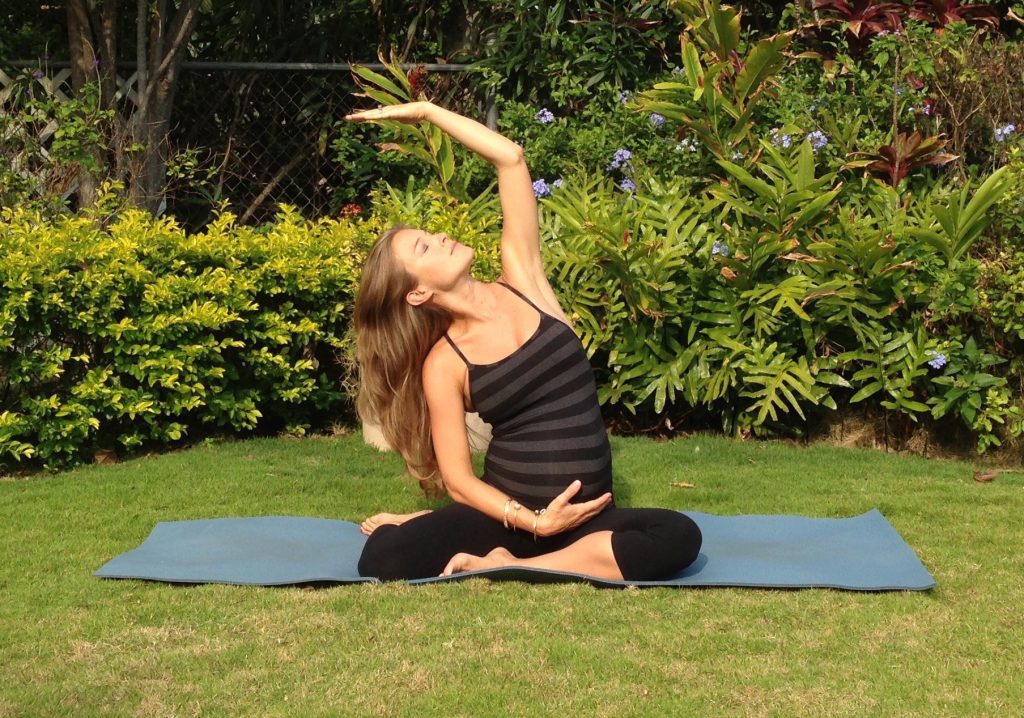
I think we can all agree that exercise is vital to living happy and healthy lives!
So What is the Perfect Exercise Schedule?
I want to break it down into three categories of exercise for you. This will hopefully simplify things and help you know exactly what to do each day.
CARDIO
People hear “cardio” and automatically think treadmill, stationary bike or elliptical machine. While this is true, there is more to the story.
Cardiovascular activities are either aerobic or anaerobic. Aerobic exercise is done for a sustained period of time. Your heart rate and breath rate go up and oxygen is delivered to working muscles through the pumping of the heart. The intensity level is usually low or moderate and benefits include the burning of fat, improved mood, increased energy, stronger heart and lungs and reduced risk for many chronic diseases. Examples of aerobic exercise are walking, jogging and bike riding. 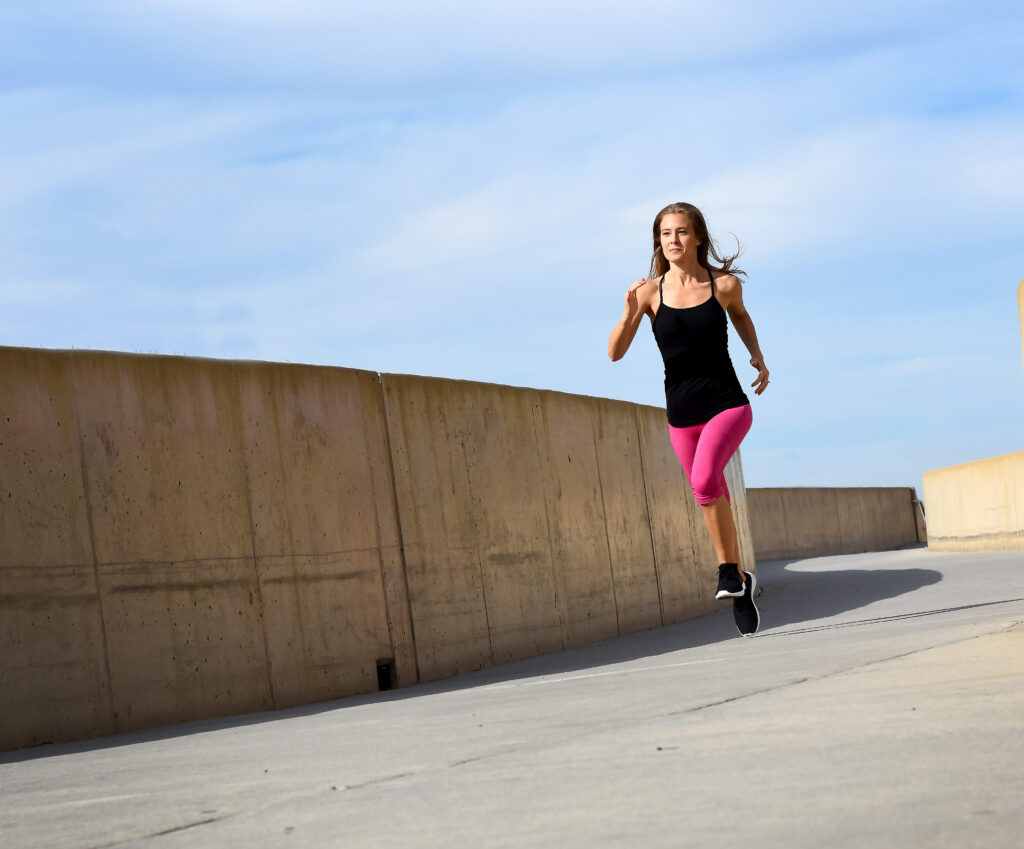 Anaerobic exercise is done without the presence of oxygen, and is done at a very high intensity for short periods of time. With anaerobic exercise, you work as hard as you possibly can during the designated period of time. The benefits include the building of lean muscle mass, a higher and more efficient calorie burn and increase endurance. Examples of anaerobic exercise are HIIT (high intensity interval training), heavy weight lifting and spin classes.
Anaerobic exercise is done without the presence of oxygen, and is done at a very high intensity for short periods of time. With anaerobic exercise, you work as hard as you possibly can during the designated period of time. The benefits include the building of lean muscle mass, a higher and more efficient calorie burn and increase endurance. Examples of anaerobic exercise are HIIT (high intensity interval training), heavy weight lifting and spin classes.
The best way to distinguish is by remembering a marathon is aerobic exercise, while a 200 meter sprint is anaerobic.
It’s important to get some cardio every week, and it’s even better if it can be a combination of aerobic and anaerobic.
STRENGTH TRAINING
Strength training includes any activity that uses resistance to cause the muscles to contract, which leads to strength and toning in that specific muscle group. The resistance can be weights, dumbbells, exercise bands, resistance tubes, medicine balls, springs or even your own body weight. Pilates is actually considered a form of strength training in that the reformer uses springs as resistance and the mat uses your own body weight. While many people are intimidated by the idea of “weight lifting”, strength training is necessary if you want to build muscle and burn fat the most effectively. It also helps prevent osteoporosis and reduce the risk of falls as we age.
Strength training is hugely important in your overall workout plan, so it’s important to find a way to incorporate it that motivates and encourages you!
Note – you do NOT have to have a gym membership to make this happen
STRETCHING
I like to include stretching here because it really should be a part of everyone’s overall workout program. Stretching doesn’t need to be done every day, but it should be included at least once a week. Stretching has many benefits, including improved circulation, better lymph fluid movement, increased muscle length, endorphin release, improved sleeping and a better mind body connection. Stretching can either be done on it’s own, or it may be included in another workout such as Pilates or yoga. Foam rolling is another really beneficial form of stretching. 
Putting It All Together for the Ultimate Home Workout Schedule
This is the program we follow at Jessica Valant Pilates and the one I’ve found works best for me and my clients. It simplifies things and helps me know what is coming on each individual day. It ensures I’m getting the perfect combination of cardio, strength training, muscle building, fat burning and stretching, so I can reach my goals faster!
Monday: Cardio – aerobic/steady state
Tuesday: Strength training – arms
Wednesday: Cardio – anaerobic/HIIT and abdominal workout
Thursday: Active rest day/stretch
Friday: Strength training – legs
Saturday: Cardio – aerobic/steady state
Sunday: Rest day
You’ll see there are three days of cardio, two of which are aerobic (walking, running, hiking, biking, etc…) and one of which is anaerobic (sprints, HIIT, etc…).
There are two days of strength training, with one dedicated to arms and one to legs (just to make things simple!). You can divide up the muscle groups however you chose as long as you are leaving enough recovery time in between workouts.
I always include one “active rest day” and incorporate stretching into this day as well. It may include a leisurely family bike ride, a gentle walk, or a restorative yoga class. Basically, you will use this day to recover from the HIIT from the previous day, while also keeping your muscles and joints moving and loose.
I personally include my abdominal workout for the week with my HIIT day, but you can include this just about any day. If you are taking a workout class such as BodyPump or Pilates, it may already be built in. I spend about 5-10 minutes focused on abs this day, with the knowledge that I’m usually doing quite a bit of core work throughout the week when I’m doing my cardio and strength training.
I do NOT do 100 crunches a day, and you don’t have to, either!
Don’t miss the fact that you get a rest day thrown in there! Rest days are hugely important for muscle recovery and motivation. You want to give your body a day to build it’s reserves back up and also give your mind a day to chill a little.
You may have to change the days around depending on your lifestyle. If you work 9-5 during the week, you may want Friday to be a rest day and use Sunday for a longer workout. If you run with a group on Thursdays, use that as your aerobic cardio day and work the other days around it.
You don’t need to spend a lot on fancy gyms or studio memberships! You can get great and effective workouts at home and on the streets around your house. 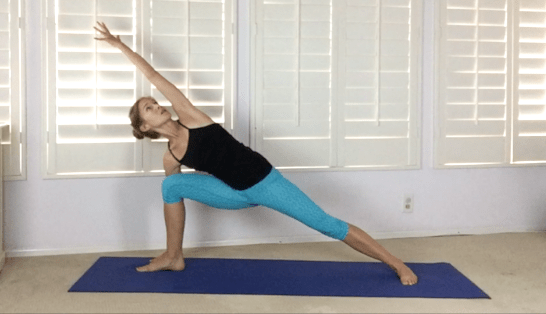
The key is to find a schedule that works for you, motivates you and that you can fit into your busy lifestyle!
If you want to see all of this in action with workouts you can do from home, you can get my Free 2 Week Workout Guide by clicking below.
This workout guide will show you exactly what 14 days of perfect workouts should look like. You’ll receive instructions and/or workout videos for each day, all meant to be done at home in less than 30 minutes!
There is no fancy equipment needed. Just you and the motivation to get moving!
Exercise must be a part of your daily routine if you want to stay healthy and feel and look your best. Put these principles into action to take the stress out of exercise! Find a routine that is easy to stick with and motivates you to keep going.
Now get moving!
